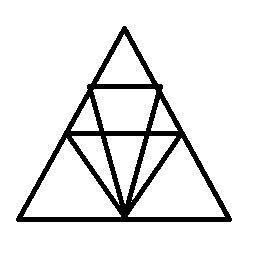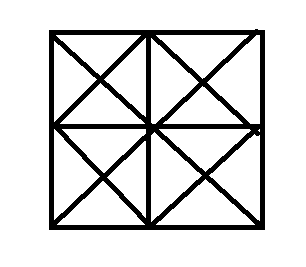Among M, N, O, P, Q and R, who got the highest salary?
I. O got more salary than only two persons. N got more salary than M but not the highest. Q got more salary than only R.
II. M got less salary than only two persons. Q got a higher salary than R but less than O. O got less salary than M. N got less salary than P.
Direction: The question below consists of a question and two statements numbered I and II given below it. You have to decide whether the data provided in the statements are sufficient to answer the question.
A. The data in statement II alone are sufficient to answer the question, while the data in statement I alone is not sufficient to answer the question.
B. The data even in both statements I and II together is not sufficient to answer the question.
C. The data either in statement I alone or in statement II alone is sufficient to answer the question.
D. The data in statement I alone are sufficient to answer the question, while the data in statement II alone is not sufficient to answer the question.
E. The data in both statements I and II together is necessary to answer the question.
Q:
Among M, N, O, P, Q and R, who got the highest salary?
I. O got more salary than only two persons. N got more salary than M but not the highest. Q got more salary than only R.
II. M got less salary than only two persons. Q got a higher salary than R but less than O. O got less salary than M. N got less salary than P.
- 1Afalse
- 2Bfalse
- 3Ctrue
- 4Dfalse
- 5Efalse
- Show AnswerHide Answer
- Workspace




